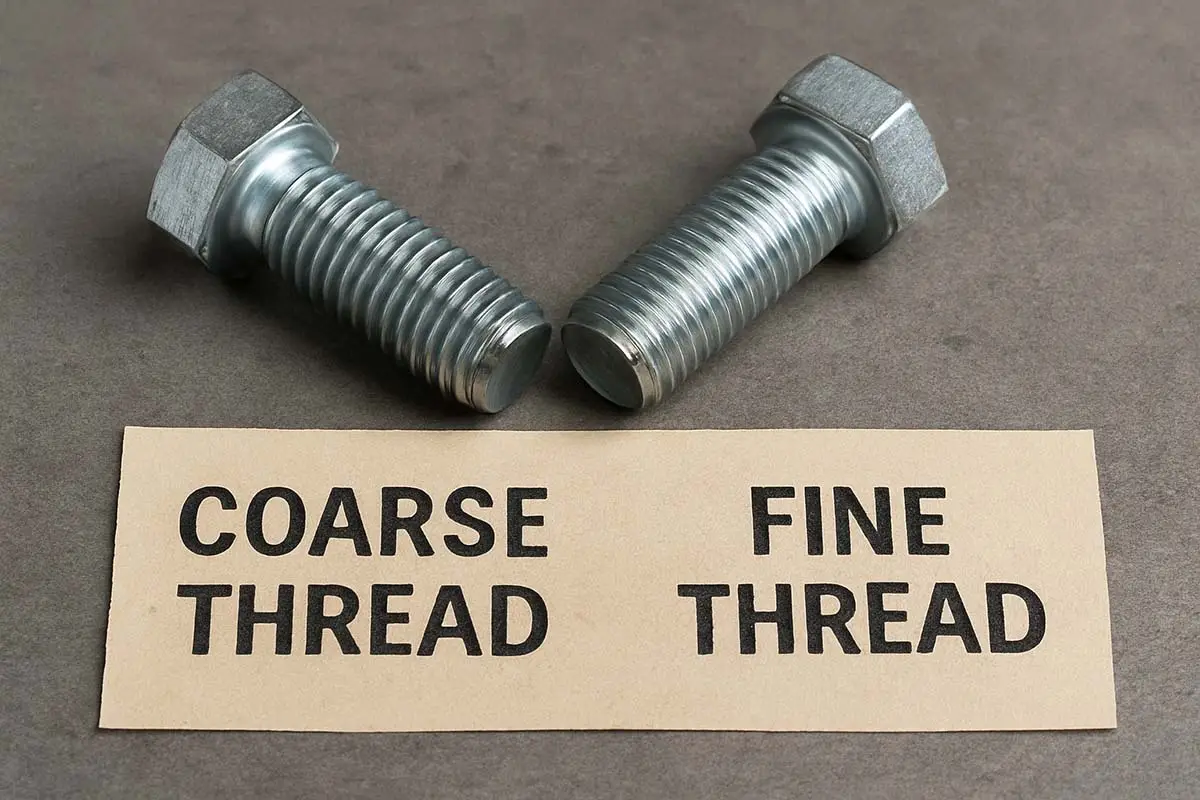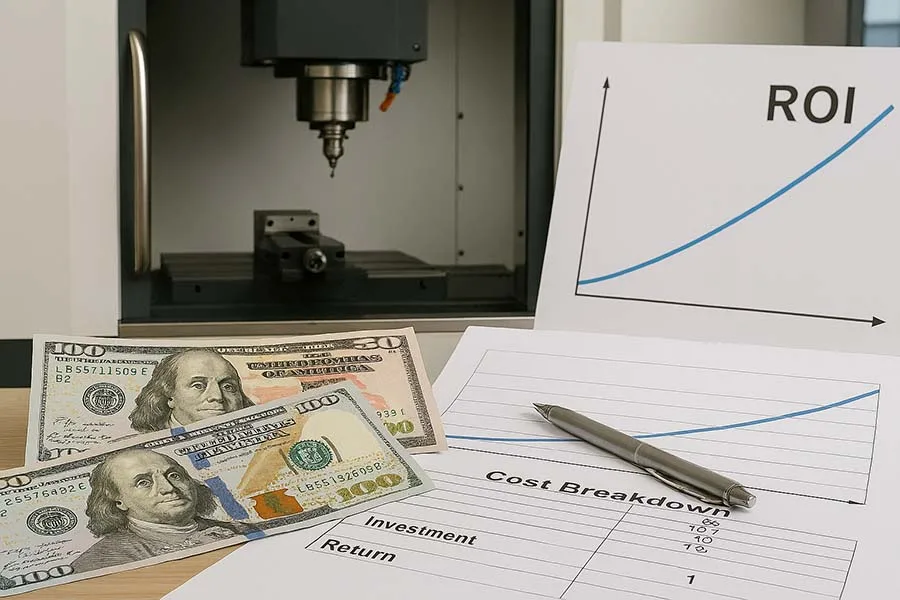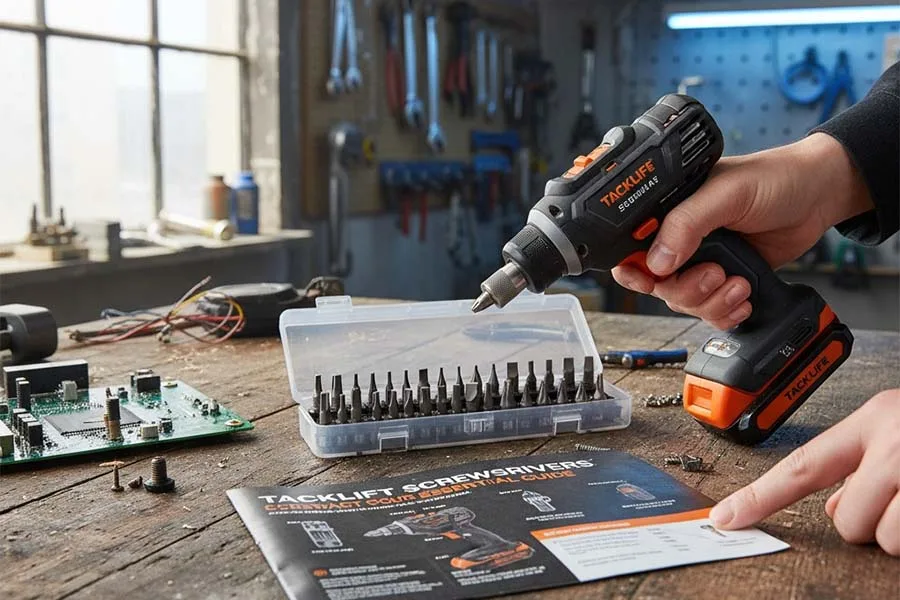🔩 Introduction: Why Thread Pitch Is More Than Just a Detail
In industrial fastening, even the tiniest detail—like thread pitch—can be the difference between secure assembly and catastrophic failure. While coarse and fine threads both serve their purposes, knowing when to use each can save you from stripped holes, loosening bolts, or costly downtime.
In this article, we dive deep into the difference between coarse threads vs fine threads: when to use them, how to spot them, and why the pitch matters in real-world applications.
🧵 What’s the Difference Between Coarse and Fine Threads?
| Thread Type | Coarse Thread (UNC / Metric) | Fine Thread (UNF / Metric Fine) |
|---|---|---|
| Thread Pitch | Wider spacing between threads | Tighter spacing |
| Strength in Tension | Lower | Higher |
| Shear Resistance | Higher | Lower |
| Ease of Assembly | Easier, less precise | Harder, more precise |
| Stripping Risk | Lower | Higher |
| Vibration Resistance | Lower | Higher with proper tension |
| Common Use | Construction, general assembly | Aerospace, automotive, precision equipment |
🔩 What Are Coarse Threads?
Coarse threads—also known as UNC (Unified National Coarse) in imperial or standard pitch in metric—have fewer threads per inch (TPI) or per millimeter.
🔹 Key Features:
- Faster to install
- Less prone to cross-threading
- Performs well in softer materials (e.g., aluminum, plastics)
- Good resistance to stripping and damage in rough handling
🔹 Common Uses:
- Construction
- Machinery frames
- Wood or plastic assemblies
- General-purpose industrial builds
✅ Use Coarse Threads when you’re dealing with softer materials or need fast, forgiving installation in rugged environments.
🔩 What Are Fine Threads?
Fine threads—also known as UNF (Unified National Fine) or metric fine pitch—have more threads per inch, resulting in a smaller pitch.
🔹 Key Features:
- Offers stronger thread engagement in hard materials
- More precise load handling
- Resists vibration-induced loosening better when properly torqued
- Requires cleaner, more accurate holes
🔹 Common Uses:
- Aerospace components
- Automotive engines
- Hydraulic and pneumatic systems
- High-performance precision equipment
✅ Use Fine Threads where precision, high preload, and vibration resistance are essential.
📐 Thread Pitch in Action: Metric vs Imperial
| Thread Type | Example (Metric) | Example (Imperial) |
|---|---|---|
| Coarse | M10 × 1.5 | 3/8″-16 UNC |
| Fine | M10 × 1.0 | 3/8″-24 UNF |
👉 In the examples above, the same bolt diameter (M10 or 3/8″) has two different thread pitches, which affects performance in different applications.
🧠 Interesting Fact
Did you know? Fine threads were first developed for aircraft to prevent loosening due to high-frequency vibrations during flight. Today, they’re still preferred in aviation and motorsport industries.
🧰 Pros and Cons of Coarse vs Fine Threads
| Feature | Coarse Thread | Fine Thread |
|---|---|---|
| Ease of Use | ✅ Easier | ❌ Harder |
| Strength in Tension | ❌ Lower | ✅ Higher |
| Resistance to Vibrations | ❌ Prone to loosening | ✅ Better when preloaded |
| Thread Stripping | ✅ More resistant | ❌ Easier to strip |
| Assembly Speed | ✅ Faster | ❌ Slower |
| Hole Tolerance | ✅ Forgiving | ❌ Requires precision |
⚠️ Lesser-Known Fact
Fine threads can seize more easily under high preload or in corrosive environments. That’s why lubrication and precise torque control are critical in fine-thread applications.
🛠️ Which One Should You Use?
Ask yourself:
- What material am I threading into?
- Soft materials? → Go coarse.
- Hard metals? → Consider fine.
- Will this fastener face vibration?
- Yes? → Fine thread with proper preload or locking mechanism.
- Will it be assembled/disassembled often?
- Yes? → Coarse threads resist wear better.
- Do I need high tensile strength?
- Yes? → Fine threads provide stronger axial load capacity.
🔄 Summary Table: Use Cases by Thread Type
| Application | Thread Type |
|---|---|
| Steel construction | Coarse |
| Electronics casing | Coarse |
| Hydraulic fittings | Fine |
| Engine components | Fine |
| Wood frames | Coarse |
| Aerospace panels | Fine |
Coarse vs Fine Threads in Industrial Fastening FAQ
🔗 Related Articles in the Fastener Cluster
- Understanding Bolt Grades and Strength Classes (Metric & SAE)
- Common Types of Industrial Fasteners and When to Use Them
- What’s the Difference Between Bolts, Screws, and Studs?
- Fastener Materials and Coatings Explained
- How to Prevent Fastener Failure in the Field
- How to Read Bolt Head Markings: Grade, Manufacturer & More
- Explained: Coarse vs Fine Threads in Industrial Fastening
- What’s the Difference Between Bolts, Screws, and Studs?
- Should You Buy Fasteners in Bulk or Kits?
✅ Conclusion: The Right Thread for the Right Job
When it comes to industrial fasteners, thread type isn’t just a technicality—it’s a major factor in performance, safety, and reliability. Whether you’re building bridges, engines, or control panels, understanding the coarse vs fine thread difference will help you choose with confidence.
💬 Now It’s Your Turn
Which type of thread do you prefer in your work—coarse or fine? Why?
Drop a comment below, and share this post with engineers, fabricators, and fastener nerds in your circle!





